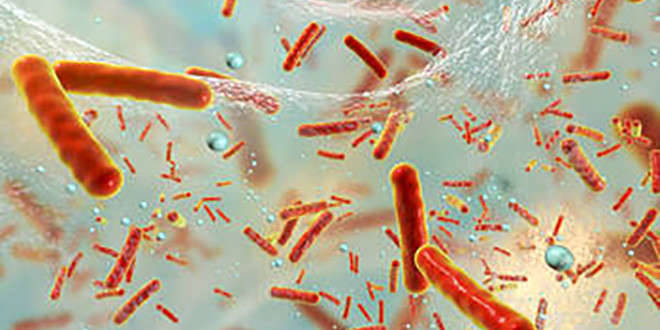
- Home
- Services
- Microbial Diversity Analysis – 16S/18S/ITS Sequencing
- Bacterial 16S rRNA Sequencing
- Archaeal 16S rRNA Sequencing
- Diversity Analysis of Actinomycetes
- Fungal ITS Sequencing
- Eukaryotic 18S rRNA Sequencing
- Full-Length 16S/18S/ITS Sequencing
- 2bRAD-M Analysis for Microbiome
- Microbial 16S/18S FISH Probe Design Synthesis and Detection Service
- Explore Complex Microbiomes with 5R 16S Microbial Diversity Sequencing
- Metagenomics
- Microbial Whole Genome Sequencing
- Microbial Identification
- Microbial Characterization
- Microbial Functional Gene Analysis
- Microbial Epigenomics
- Antibiotic Resistance Genes (ARGs) Analysis Solution
- Microbial PacBio SMRT Sequencing
- Microbial Nanopore Sequencing
- Microbial Transcriptomics
- Microbial Bioinformatics
- Other
- Microbial Metabolomics Analysis Service
- Microbial Diversity Analysis – 16S/18S/ITS Sequencing
- Solutions
- Microecology and Human/Animal Health
- Environmental Microbiology Solutions
- Agricultural Microbiology Solutions
- Pharmaceutical Microbiology Solutions
- Industrial Microbiology Solutions
- Microecology and Cancer Research Solutions
- Microecology and Biofilms
- Pathogen Sequencing Solutions
- Environmental DNA (eDNA) Analysis Solution
- Products
- Resource
- Company
- Sample Submission Guidelines



 Figure 1. High throughput sequencing analysis process
Figure 1. High throughput sequencing analysis process Figure 2. PCR-DGGE analysis process
Figure 2. PCR-DGGE analysis process